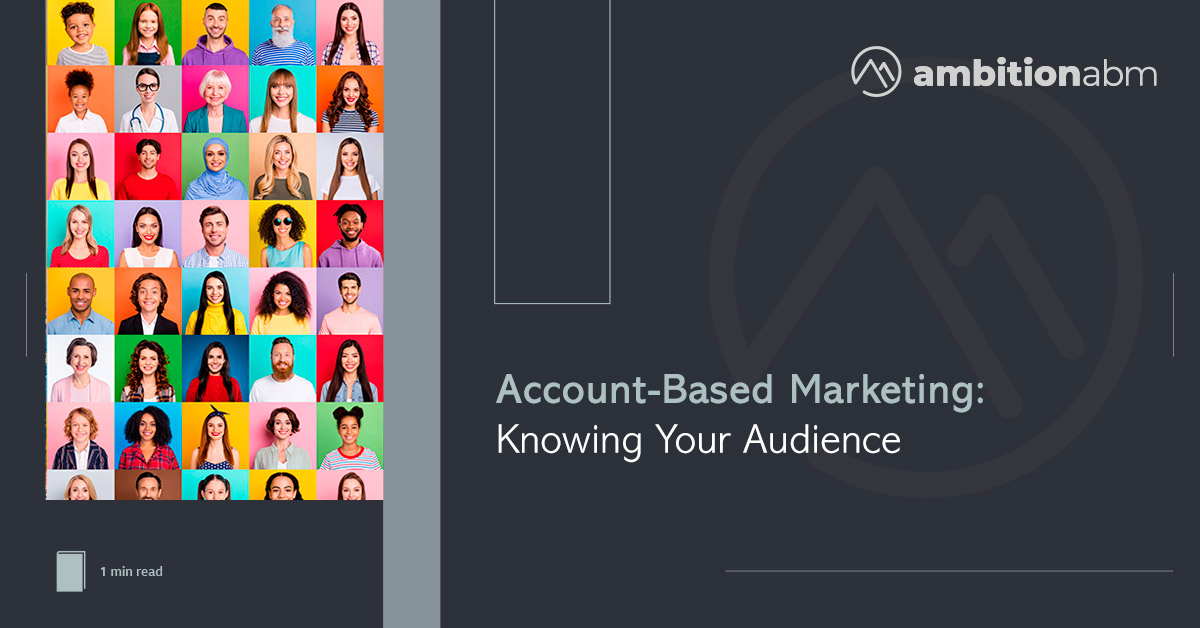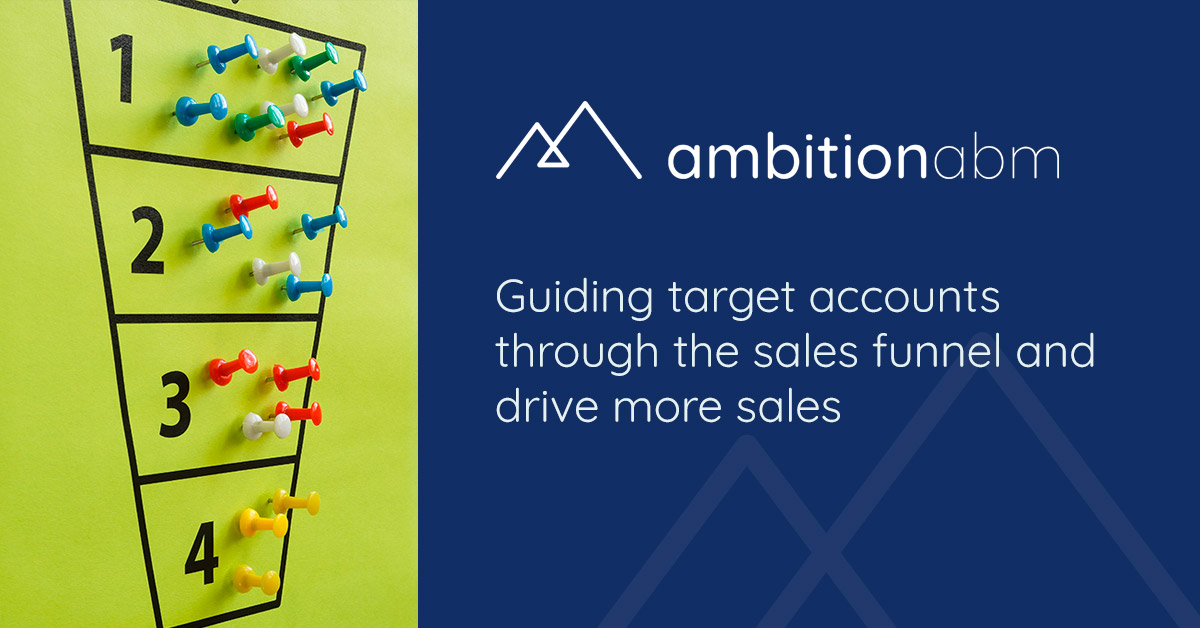In many B2B organisations, account-based marketing (ABM) can feel like a journey into the unknown, as marketing and sales make assumptions about which accounts to target and how each account should be treated. In this blog we are going to explore how to make the most of your ABM by focusing on gathering Account-Based Marketing Knowing Your Audience, insights, and then outlining an approach for collecting information about a defined set of accounts.
Step One: Opportunity
In this first step we are going to look at account opportunity, accounts with potential for growth. This is the most important step because it defines specifically what can be sold to the accounts being targeted. It includes the following factors:
- Organisation scope: how complex is the account, are buying decisions made centrally or are there many autonomous buying centres?
- Buying centres: what specific buying centres within the account could be buying your organisations products, services or solutions?
- Spend: what is the potential spend for each buying centre based on company size within each product, service or solution and category offered?
- Share of wallet: how much spend is already in the business and how much more could that organisation spend?
- Macro environment: what is the now and future impact of industry and company specific macro environments; include everything from economic conditions to recent performance to impending legislations
Step Two: Achievability
Once the theoretical opportunity has been defined, the next step is to then apply the reality check and define the likelihood for winning business. Asking a simple question such as: is this achievable? To understand that we have to then consider the following factors:
- Account knowledge: this is the main limiter for both marketing and sales efforts as there is generally a lack of account knowledge and good contacts. Based on those roles involved in the decision-making process (c-level, decision-makers and influencers), how many are known by sales and or marketing? What type of intelligence has been gathered on these individuals and their buying centre/environment. Do you have any persona intelligence on their business issues (challenges, needs, opportunities) and budgets? Without the right knowledge your tactics won’t perform well, which impacts the programme, pipeline growth and closed revenue.
- Competitive environment: how entrenched are your competitors and are there opportunities for ‘stealing’ or winning pure ‘new business’? What does the sales team know about the competitive footprint in the account and is there a strong advocate for change?
- Current relationship: is the account experiencing problems and business at risk? Growth is impossible if the business you already have is at risk. You need to understand the state of the relationship, specific customer loyalty or satisfaction measurements and any problems need to be addressed.
Step Three: Cooperation
At Ambition we’ve experienced many customers requiring a large account 1-2-1 ABM approach and whose sales teams do not have account plans and or even sufficient account knowledge to kick-off a programme straight away.
However, there’s one important point when looking at your account selection and that’s whether the account is willing to work with your company, and the degree to which your organisation is positioned to work cohesively with them. As we know ABM is for promoting the opportunity of a ‘strategic partnership’, two companies cooperating together.
To realize these ambitions requires a centralised, coordinated and individual effort to support, and there must be sufficient data to optimize decision making, including these two factors:
- Sales team: you need to look for strong account leadership that supports the ABM strategy and they will mandate team participation as needed. Account teams that work well together that can help you to verify insights, survey key personnel within the account, and they understand the account.
- Customer: these people within the account, ‘the advocates’, are supporters and act as go-to customer resources that can help make this happen. Does the customer have a general interest in working with your organisation as a valued partner? How willing are they to collaborate with you?
Using these three steps will help you to select the right ABM accounts, and it provides a foundation for collecting account knowledge to match opportunity to marketing action.
As you have read, we need to ask a lot of questions, and we may not necessarily know or have all of the answers. If you would like to speak to one of our ABM research consultants to find out how we can help you, please click here.











